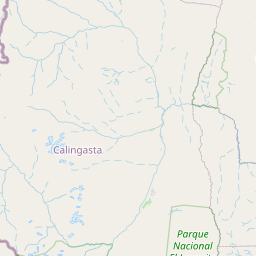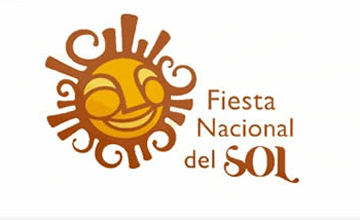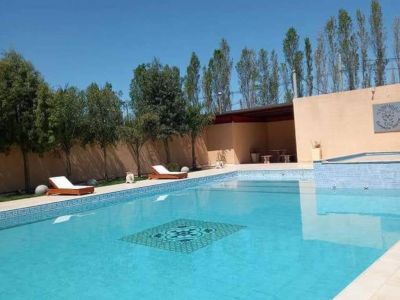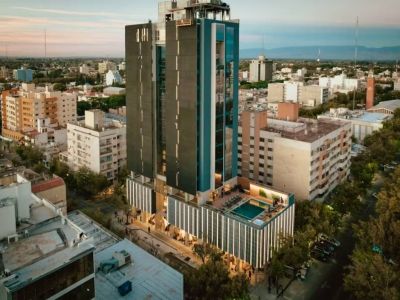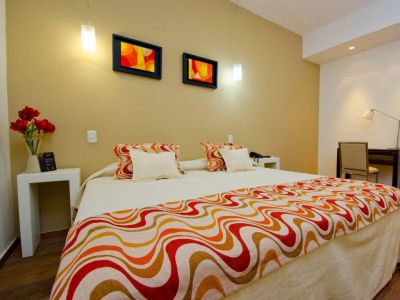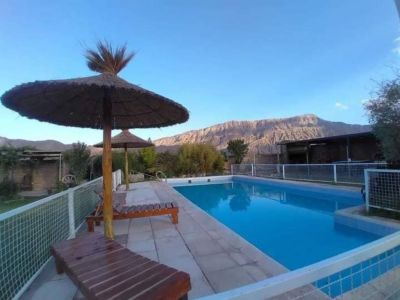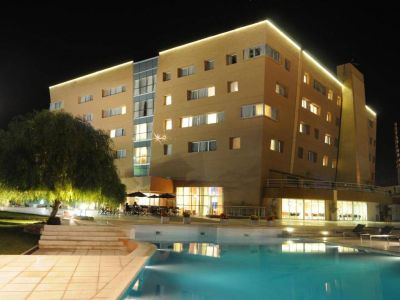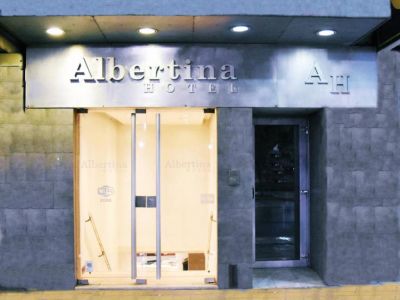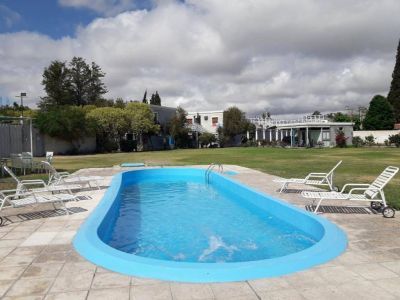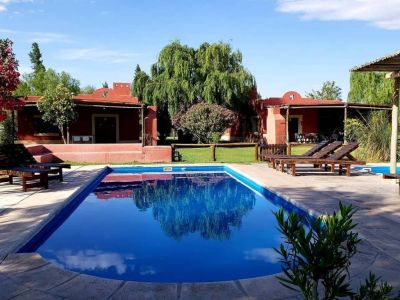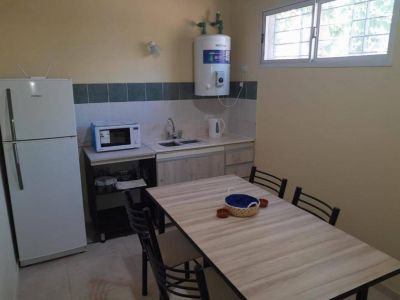White, Red and Sparkling
An introduction to the wine and champagne culture observing the various stages of winemaking in the main wineries in the district of Pocitos in San Juan. The Fabril Alto Verde organic wines, the Miguel Más ecological champagne and the Viñas de Segisa fine wines.
Viticulture is considered the mother industry of San Juan’s economy. Its origins date back to the XIX century, when wine was made according to the Spanish and Italian traditions and techniques. Therefore, it was a regular inexpensive wine for popular consumption. However, in the last few decades, a reconversion of this industry in the province has occurred and many of the most important wineries are now devoted to producing fine wines for domestic consumption and export. In order to have an approach of San Juan wine history and culture, a tourist circuit including the three main wineries in the district of Pocitos, 15 minutes from the capital of the province, has been created. Fabril Alto Verde In the outskirts of the city of San Juan, this winery is specialized in the production of organic fine wines for export. The visit to the winery consists in seeing the production mechanisms which, in this case, enable the creation of a beverage without any chemical additives, preservatives or fertilizers in any stage of the process. The aim is to produce wine like in the past, searching for a totally natural product.
During the tour, visitors will see the wine press, where the grapes are received, the area where grapes are crushed in order to obtain wine, the fermentation room, the site where wine is stored in wooden barrels and the bottling and labeling methods. The topmost of the visit is the moment of tasting at the elegant winery wine bar. Once there, an expert taster explains to visitors how wine should be sipped, which the senses involved are and how its properties must be analyzed: viscosity, brightness, color, transparency, aroma and alcoholic gradation. Viñas de Segisa This is one of the most traditional wineries in San Juan. It was created in 1906 and purchased by its present owners one decade ago. A considerable part of the original winery, which was almost in ruins, was recycled maintaining its aesthetics with adobe walls and roofs made of cane and mud. In the entrance central hall, there are ancient grape crushers, which would be used to make foot-pressed wine, and two giant French oak barrels, with a four-meter diameter each, made in 1860. The visit continues in the underground cellars, which are reached by means of a spiral staircase. Down there, the walls are completely covered by wine bottles in their aging stage. The French and American oak casks are in the next room, and farther on stands the modern industrial part with its stainless steel tanks. The Viñas de Segisa Winery specializes in fine wines. Organic Champagne The third stop in the tourist circuit is the Miguel Más ecologic wine and champagne factory. What is singular about this undertaking is the use of production methods exempted from herbicides and chemical products. The most curious part of the visit takes place in the workshop where champagne is made. The metamorphosis of the original green grapes juice starts with the conversion of a base wine that is put in barrels with yeast and sugar. Then the liquid is poured into a bottle and it remains in a horizontal position for one year on a shelf. The yeast slowly consumes all the sugar and when it is left without food, it dies. The sugar generates gas and much pressure inside the bottle. The next step of this complex process we watch in situ is a simple change in the position of the bottles, which now are placed upside down. They remain in that position for 30 days –subject to slight daily changes of position– until the residual particles of fermentation go down towards the cork. Without changing their position, champagne artisans introduce the bottle neck into a freezer containing a minus 30-degree solution. By means of an anti-freeze liquid, only what is in the bottle neck becomes frozen. When the moment to “cut throats” comes, the bottle is opened and the segment with the frozen sediments pops up like a pressurized cork. Visitors may taste the champagne at the end of this process (that is to say, natural, without sugar) from that very bottle, and then taste it again with the various levels of sugar that is added at that moment of producing the extra brut, brut, demi sec, demi duc and duc varieties.
Sandra Bonetto
Gentileza de las Bodegas citadas
Contact of the excursion or tour
Turismo Vittorio
Sarmiento 174 Sur, San Juan, San Juan, Agentina
Phone: +54 264-4204000






